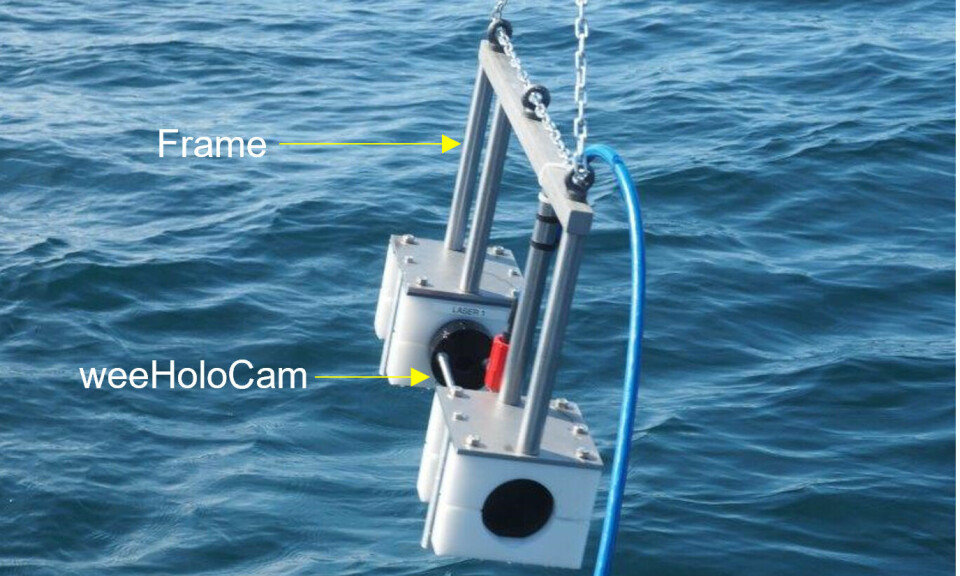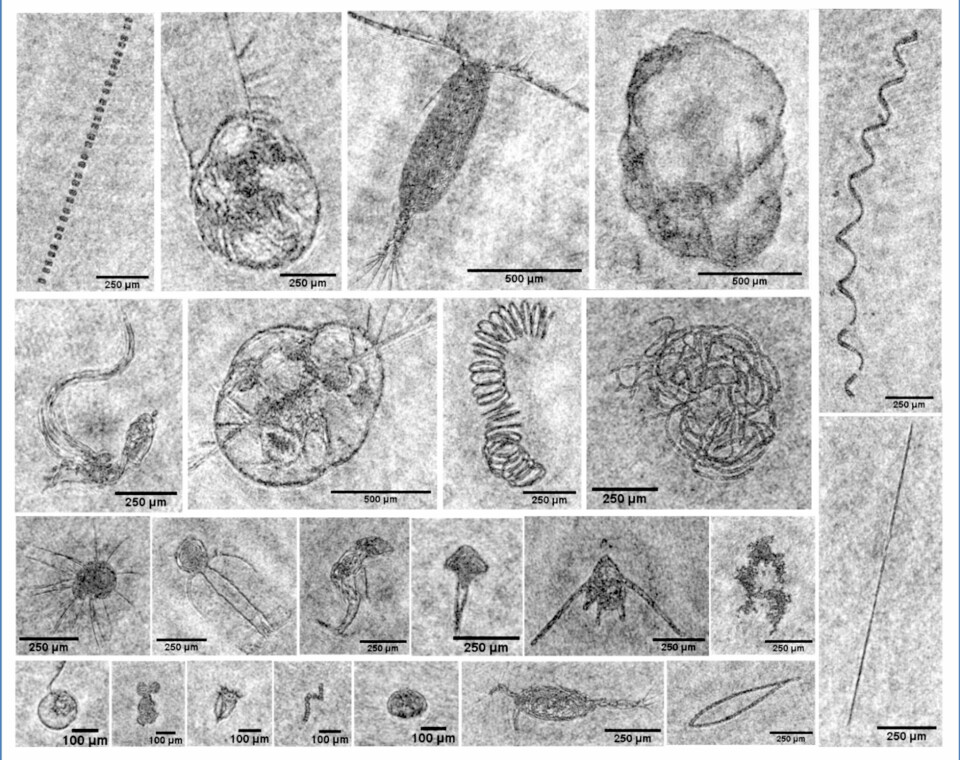
Funding boost for holographic lice detectors
Researchers hope to have cameras ready for trialling in sea at end of project period
A team of researchers in Scotland is moving forward with plans to use holographic 3D imaging, machine learning and artificial intelligence (AI) to detect the presence of microscopic sea lice larvae in the sea.
Led by experts in engineering and digital holography from the University of Aberdeen, alongside the Scottish Association for Marine Science (SAMS), the project - which was granted almost £359,000 from the UK Seafood Innovation Fund (SIF) in May - has recently other cash and in-kind funding from partners including the Sustainable Aquaculture Innovation Centre (SAIC) that takes the value of the project to £538,000.
Electronics business Hi-Z 3D, seafood producer Mowi, the Scottish Environment Protection Agency (SEPA) and the Scottish Government’s Marine Directorate are also supporting the initiative, which was reported in Fish Farming Expert in May.
Rapid detection
Using advanced underwater holographic cameras – developed at the University of Aberdeen – and AI-based automated image identification technology, the system would enable researchers to identify the natural presence and abundance of sea lice in the ocean, while also assisting fish farmers with rapid sea lice detection and effective management at Scottish salmon farms. Currently, the most common way of testing for the parasite is to collect water samples to be analysed in a lab under a microscope, which can take several days to return results.
Compared to standard cameras and 2D photography, digital holography has significant advantages when used for microorganisms. The holographic camera can instantaneously record a volume of water and extract high-resolution images of the various particles present in the water. One hologram, therefore, can provide a set of data equivalent to thousands of standard photographic images.
Identifying sea lice from other zooplankton species has previously been compared to looking for a needle in a haystack, so the researchers will use AI to help tackle this. The system will be trained with thousands of holographic images of sea lice, recorded in the lab at SAMS, to support the process of identifying sea lice when the tool is deployed.

Dr Thangavel Thevar from the University of Aberdeen’s School of Engineering said: “The type of camera being used in this project was first developed for the identification of marine organisms and microparticles in the ocean. However, as it provides an accurate reflection of the different species present in the water, we saw an opportunity for the tool to be used to support the aquaculture sector with fish health management.
“The holographic imaging technology will be supported by AI and machine learning, which will help with the identification and cut processing time significantly. A major element of the project is to train the tool to recognise sea lice over other species, and the images gathered over the next 18 months will help us to create the baseline for future analysis.”
Lice hatchery
In order to train the software to detect the parasite, SAMS has set up a dedicated sea lice hatchery for the project and will be supplying sample images that will be used as a starting point for the imaging tool. Digitally labelled holographs will be fed into the system to help train it to separate sea lice from other plankton species.
In the future, the system could be used by seafood producers as an early indication of sea lice at the larval stage, as well as being integrated into management strategies.
Dr Helena Reinardy, aquaculture researcher at SAMS, said: “Sea lice are a concern for the aquaculture sector and regulators and one of the first steps to managing them is to identify whether they are present in the water.
"Currently, samples are taken using a zooplankton net which requires a lot of time and specialist expertise to pick through all the abundance of zooplankton to find and identify sea lice larvae. This new system could provide an opportunity for more regular and accurate monitoring to provide an early indication of potential sea lice risks and, by the end of this project, we hope to be ready for trialling the system at sea.”
A valuable tool
SAIC chief executive Heather Jones said: “We have fantastic technology coming out of Scotland’s universities and it is exciting to see how new data-led techniques could support aquaculture to thrive.
“This system could become a valuable tool in our armoury for sustainably tackling the challenge of sea lice on salmon farms. Collaboration is a crucial element of its development, and this project could be transformational for fish health management, delivering economic value for the sector while minimising its environmental footprint.”
Successful development and deployment of a holographic camera system would provide fish farmers and regulators with more accurate information on sea lice levels outside farms, which might help to better inform regulation.
SEPA’s proposed sea lice risk framework would place new, tougher restrictions on fish farms based on modelling of lice levels from the farms and their predicted impact on wild salmon smolts migrating to sea and on trout.
Trade body Salmon Scotland argues that SEPA’s sea lice risk framework places undue reliance on a proposed modelling framework and does not acknowledge areas of uncertainty, and their impact on the wider risk assessment process.
An elusive parasite
Currently, hard evidence of lice in the sea near farming areas is hard to find.
In May, marine biologist Dr Kim Last from SAMS told a SAIC innovation conference that he and other researchers spent a huge amount of effort and time over six months going out in small boats to try to catch sea lice as part of Marine Scotland’s Salmon Parasite in Linnhe, Lorn and Shuna (SPILLS) project, carried out in an area with several farms.
“We did a lot of netting, then we spent a huge amount of time looking down microscopes trying to identify and quantify the abundance of these lice,” he said. “After six months and 372 field samples we ended up with only 19 larvae, and the conclusion was that they’re pretty rare, and they’re probably also pretty patchy.”






















































